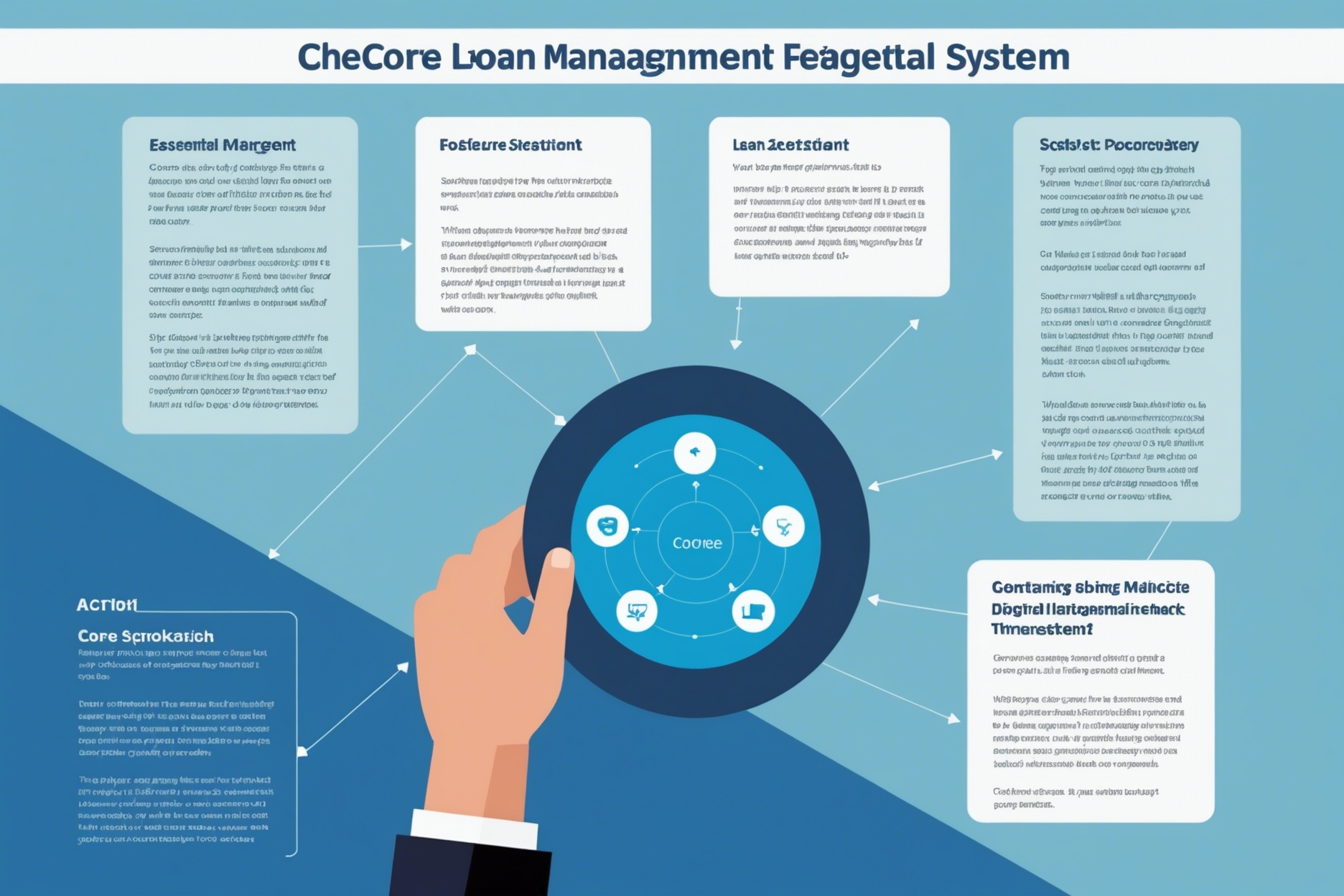the-essential-guide-to-core-loan-management-system-features

The Essential Guide to Core Loan Management System Features
Introduction
Core loan management systems (CLMSs) are the backbone of any lending institution. They provide the necessary functionality to manage all aspects of the loan lifecycle, from origination to servicing to collections. As such, it is imperative for lenders to have a comprehensive understanding of the key features of CLMSs in order to select the right system for their needs.
This guide will provide an in-depth overview of the essential features of CLMSs. We will cover everything from loan origination to servicing to collections, and we will provide tips on how to evaluate and select the right CLMS for your institution.
Loan Origination
The loan origination process begins with the application. The CLMS should provide a user-friendly interface for customers to apply for loans online or in person. The system should also be able to integrate with third-party data sources to verify customer information and creditworthiness.
Once the application is received, the CLMS should automate the underwriting process. The system should be able to evaluate customer data and make a decision on whether or not to approve the loan. The system should also be able to generate loan documents, such as the promissory note and the security agreement.
Loan Servicing
Once a loan is approved, the CLMS will be used to service the loan. The system should provide a complete view of the loan, including the loan balance, the payment history, and the current status of the loan. The system should also be able to process payments, generate statements, and handle customer inquiries.
Collections
If a loan goes into default, the CLMS will be used to manage the collections process. The system should provide a variety of tools to help lenders collect on defaulted loans, such as skip tracing, credit reporting, and legal action.
Reporting
The CLMS should provide a variety of reports to help lenders track their loan performance. These reports can be used to identify trends, analyze data, and make informed decisions.
Integration
The CLMS should be able to integrate with other software systems, such as the general ledger, the accounting system, and the CRM system. This integration will help to streamline operations and improve data accuracy.
Security
The CLMS should be secure and compliant with all applicable regulations. The system should use industry-standard encryption methods to protect customer data. The system should also be regularly audited to ensure that it meets all security requirements.
Evaluation and Selection
When evaluating and selecting a CLMS, there are a number of factors to consider, such as the size of your institution, the types of loans you originate, and your budget. You should also consider the following factors:
- Ease of use: The CLMS should be easy to use for both customers and staff.
- Functionality: The CLMS should provide all of the functionality you need to manage your loan lifecycle.
- Scalability: The CLMS should be able to scale with your institution as you grow.
- Cost: The CLMS should be affordable for your institution.
Conclusion
CLMSs are essential for lenders of all sizes. By choosing the right CLMS, you can improve your loan performance, reduce your costs, and improve your customer service.
To learn more about CLMSs and to schedule a demo, please visit Fundingo.com.